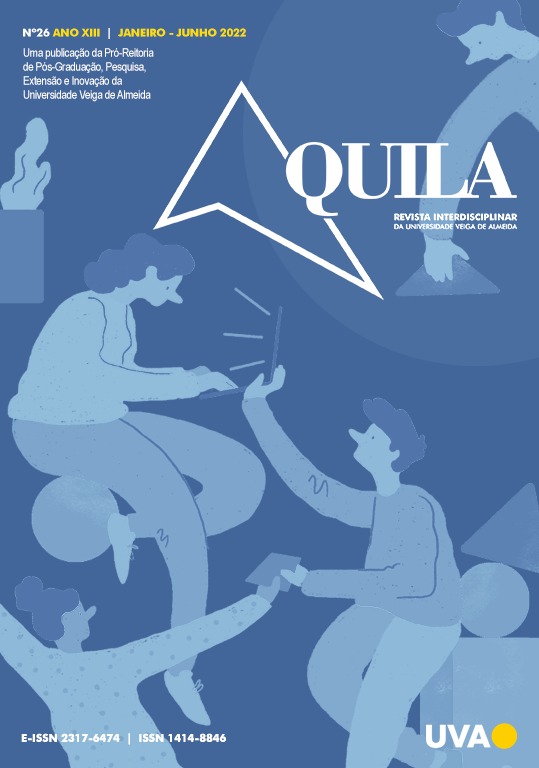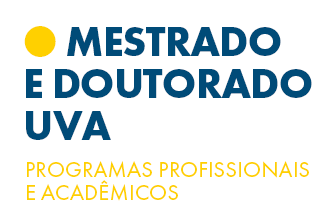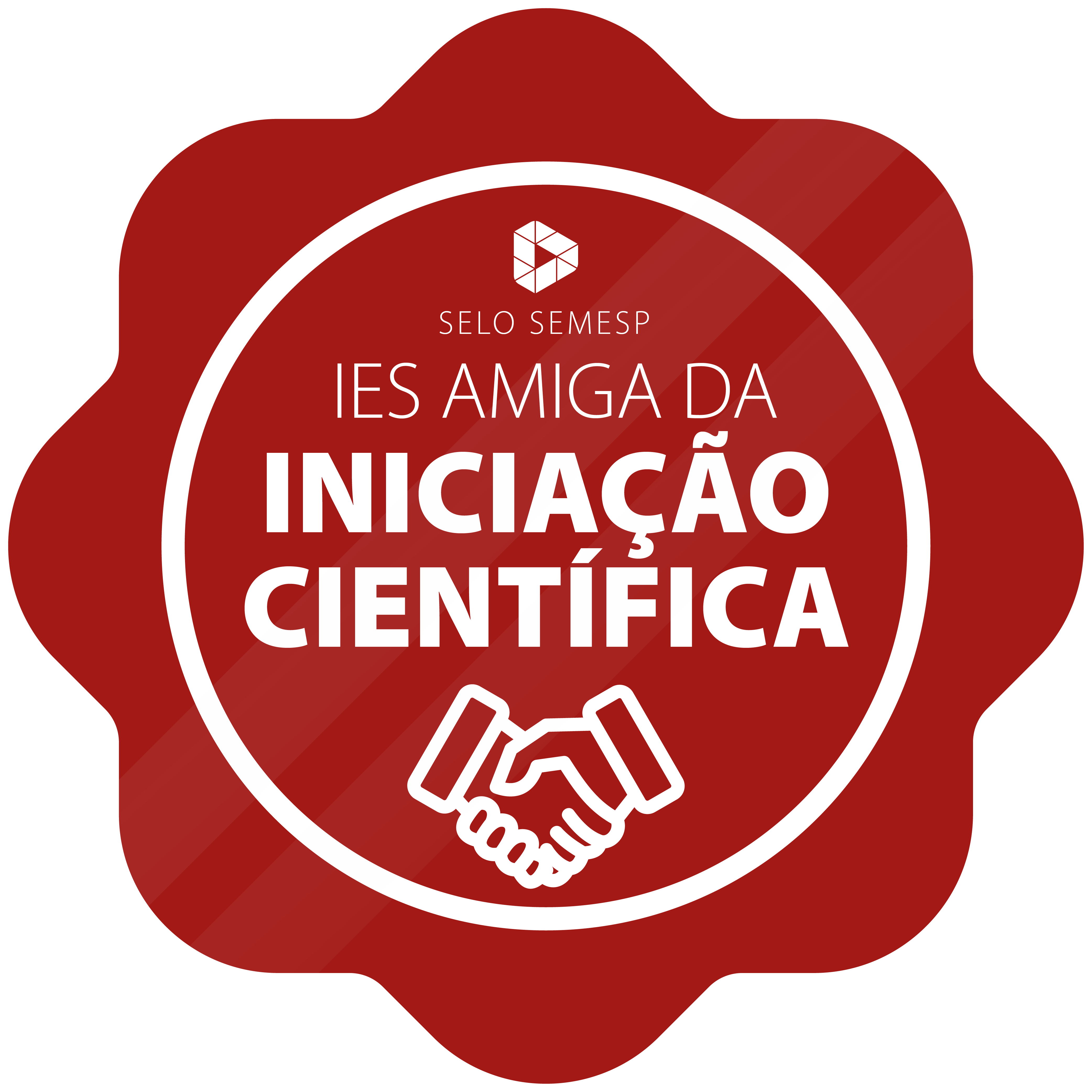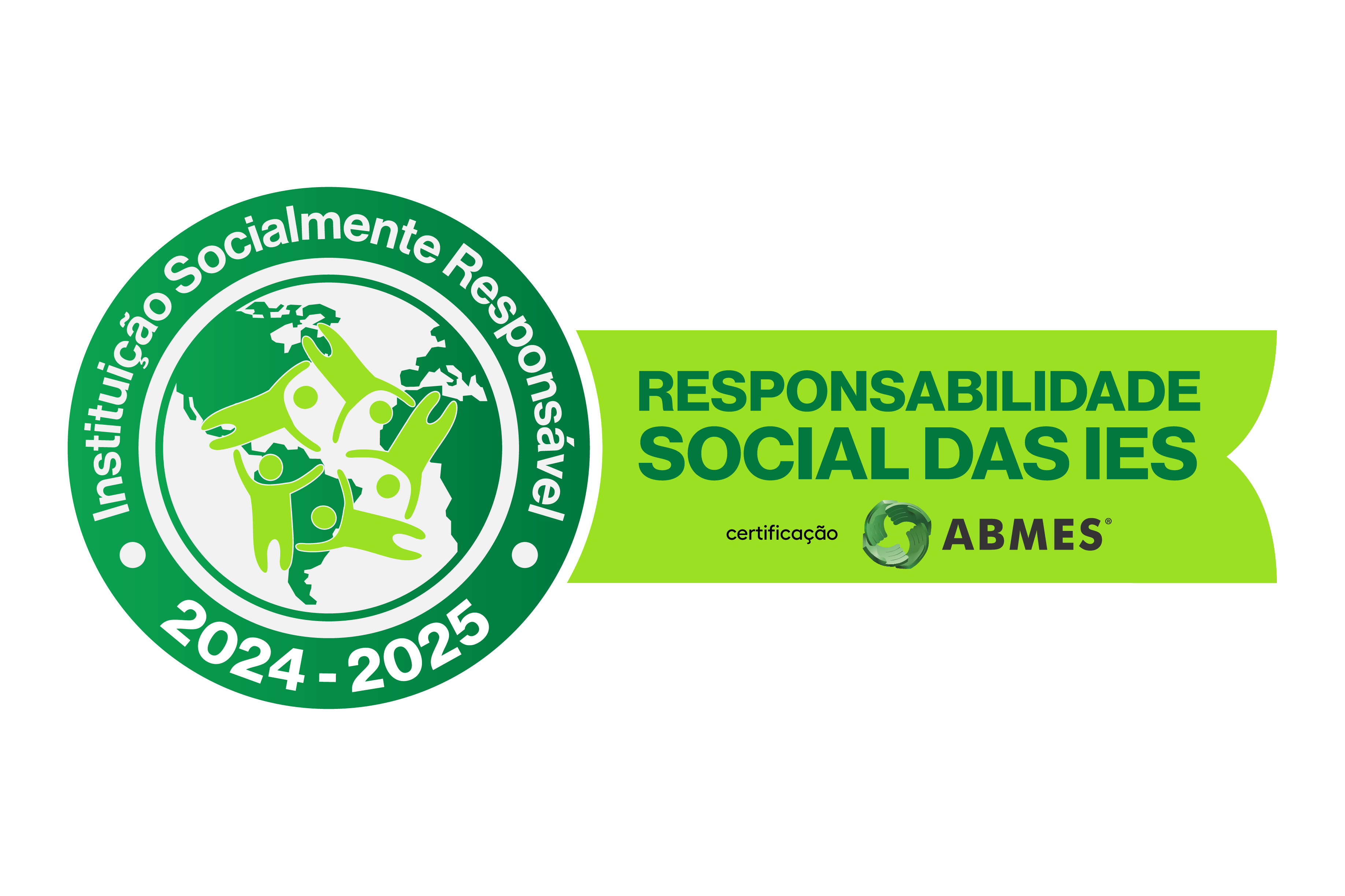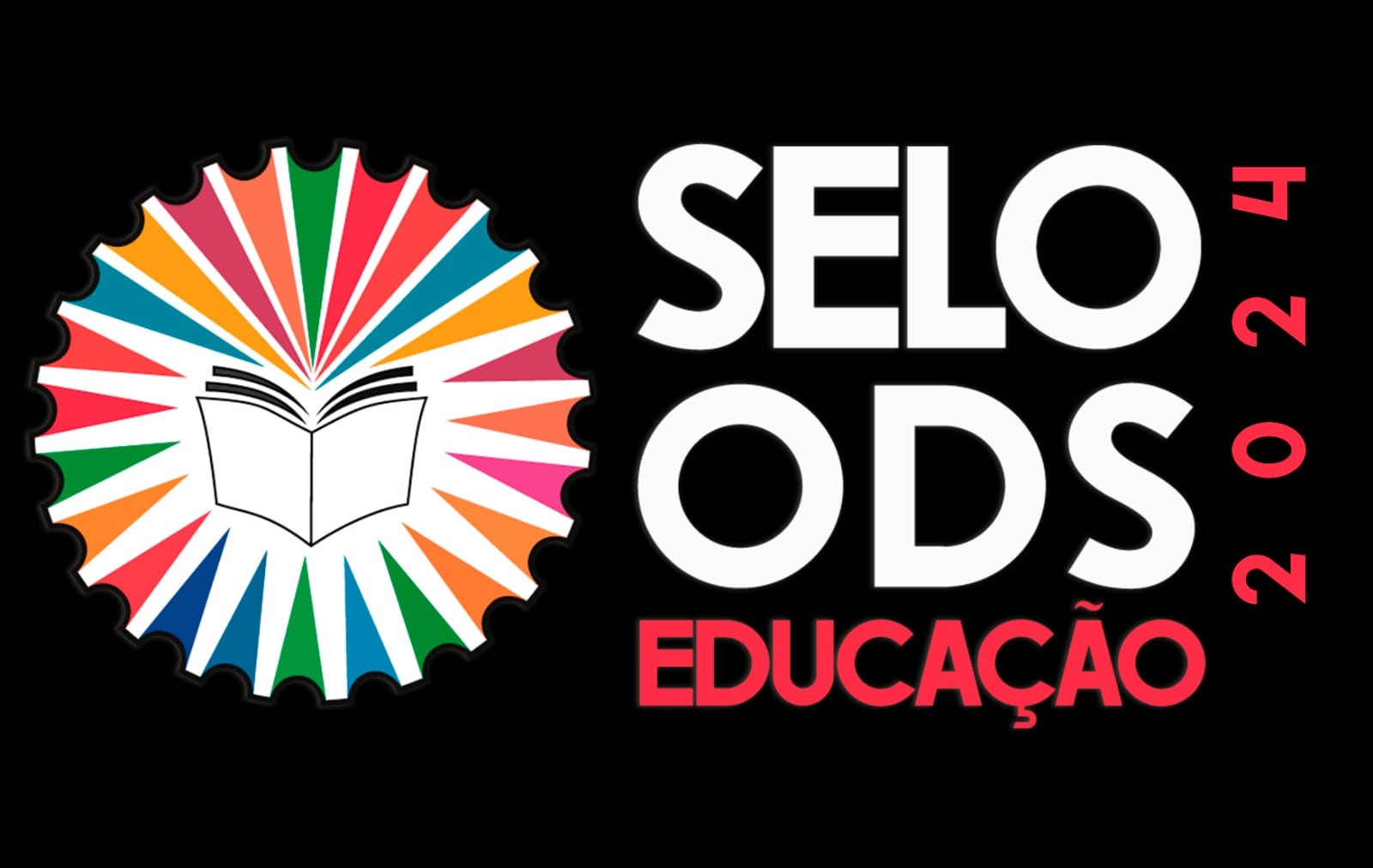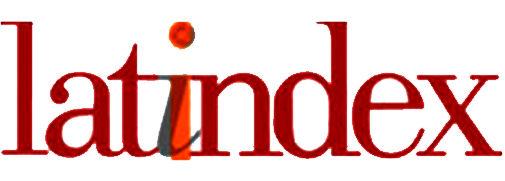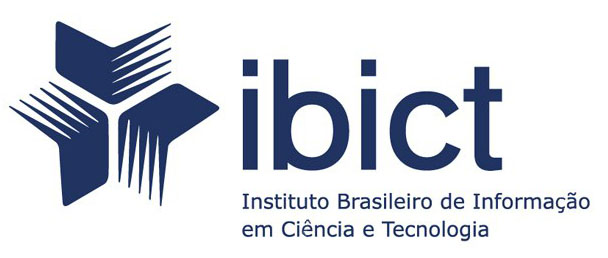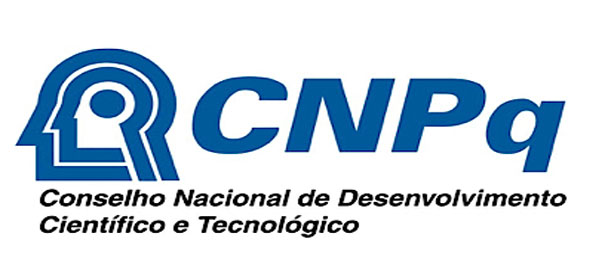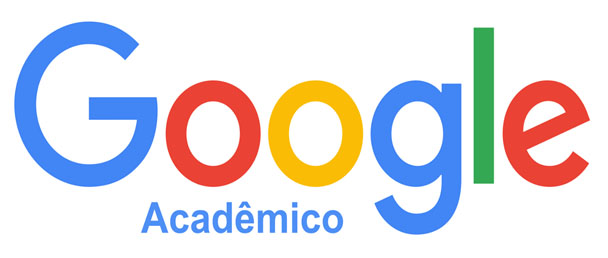Elementary school to understand mathematical literacy as presented in the normative document of the BNCC, and how to literate the student mathematically
Elementary school to understand mathematical literacy as presented in the normative document of the BNCC, and how to literate the student mathematically
Keywords:
Mathematical Literacy, Learning in Mathematics, Elementary SchoolAbstract
Mathematics teaching represents a process of insertion and participation in the culture of written mathematics, with mastery and various social practices. In the early years of Elementary School, the teaching of Mathematics, mathematical concepts are described in textual form, involving mathematical and linguistic relationships. The interpretation of mathematical concepts requires fundamentals of literacy in the mother tongue and in the language of Mathematics. In this context of teaching Mathematics, reading and writing Mathematics encompasses formative processes of literacy and literacy in the mother tongue. The research has a qualitative, bibliographic-documentary approach, supported by theorists who debate the topic and covered by official documents (BNCC, PCN, OCDE/PISA). The results converge to further studies for teachers who teach Mathematics in the early years of elementary school so that they understand mathematical literacy as presented in the BNCC normative document, and how to teach students mathematical literacy.
Downloads
References
BRASIL. Base Nacional Comum Curricular. Brasília: MEC/SEF, 2017. Disponível em: http://basenacionalcomum.mec.gov.br/images/BNCCpublicacao.pdf. Acesso em 20 de fevereiro de 2020
BRASIL. Parâmetros Curriculares Nacionais: Matemática. Secretaria de Educação Fundamental. Brasileira, MEC/ SEF, 1998.
BRASIL. Parâmetros Curriculares Nacionais: Matemática. Secretaria de Educação Fundamental. Brasileira, MEC/ SEF, 2000.
CARRAHER, T. N. CARRAHER, D. SCHILIEMANN, A. L. Na vida dez, na escola zero. 14ª ed. São Paulo: Cortez, 2006.
CELLARD, A. A análise documental. In J. Poupart; J. Deslauriers; L. Groulx; A. Pires. A pesquisa qualitativa: enfoques epistemológicos e metodológicos.2008. Petrópolis: Vozes.
D’AMBRÓSIO, U. Literacy, matheracy, and technoracy: a trivium for today. Mathematical Thinking and Learning, v. 1, n. 2, 1999.
D’AMBRÓSIO, U. A relevância do projeto Indicador Nacional de Alfabetismo Funcional – INAF como critério de avaliação da qualidade do ensino de matemática. In: FONSECA, M. C. R. (org.). Letramento no Brasil: habilidades matemáticas. São Paulo: Global, 2004.
FONSECA, M. C. R. Conceito (s) de numeramento e relações com o letramento. In: LOPES, C. E.; NACARATO, A. M. Educação matemática, leitura e escrita: armadilhas, utopias e realidade. Campinas: Mercado de Letras, 2009.
FRANK, A.; NICHELE, B. Mediação da Aprendizagem. CONGRESSO NACIONAL DE EDUCAÇÃO – EDUCERE, 12., 2015, Curitiba. Anais [...] Pontifícia Universidade Católica do Paraná, Curitiba, PR, 2015.
GOULART, C. M. A. Letramento e polifonia: um estudo de aspectos discursivos do processo de alfabetização. Revista Brasileira de Educação. Rio de Janeiro, nº18, set-dez 2001.
MEDEIROS, J. E. Projeto de letramento matemático: indicadores para a docência. Dissertação (Mestrado em Educação) – Programa de Pós- Graduação Stricto Sensu em Educação, Universidade Federal do Rio Grande do Norte, Natal, 2016.
MENDES, J. R. Matemática e práticas sociais: uma discussão na perspectiva do numeramento. In MENDES, Jackeline Rodrigues; GRANDO, Regina Célia (Orgs.). Múltiplos olhares: Matemática e produção de conhecimento. São Paulo: Musa, 2007.
NACARATO, A.; PASSOS, C. L. B.; GRANDO, R. C. Organização do Trabalho Pedagógico para a Alfabetização Matemática. In: BRASIL, Secretaria de Educação Básica. Diretoria de Apoio à Gestão Educacional. Pacto Nacional pela Alfabetização na Idade Certa. Brasília: MEC, SEB, 2014.
ORGANIZAÇÃO PARA COOPERAÇÃO E DESENVOLVIMENTO ECONÔMICO. Programme for International Student Assessment - Pisa 212. Technical report. [S.l.]: OCDE, 2012. Disponível em: https://www.oecd.org/edu/school/programmeforinternationalstudentassessmentpisa/35188570.pdf. Acesso em 12 de outubro de 2021.
ROSA, M.; OREY, D.C. A trivium curriculum for Mathematics based on literacy, matheracy, and technoracy: an Ethnomathematics perspective. ZDM, v. 47, n. 4, p. 587- 598, 2015.
SANTOS, A. O.; SILVA, G. N. Textos jornalisticos nas práticas de leitura e escrita nas aulas de matemática nos primeiros anos do ensino fundamental. Disponível: https://revistavalore.emnuvens.com.br/valore/article/view/216. >. Acesso em 23 de março de 2021.
SANTOS, A.O.; OLIVEIRA, G.S. OLIVEIRA, C.R. Alfabetização Matemática: concepções e contribuições no ensinar e aprender nos primeiros anos do ensino fundamental. Revista de Educação Ciências e Matemática.V.7 nº 01.2017. Disponível: http://publicacoes.unigranrio.edu.br/index.php/recm/article/view/3937.
Acesso em: 23 de março de 2021.
SOARES, M. Letramento: um tema em três gêneros. Belo Horizonte: Autêntica, 2001.
_______. Letramento: um tema em três gêneros. Belo Horizonte: Autêntica, 2000
_______. Letramento: um tema em três gêneros. Belo Horizonte: Autêntica, 1999.
_______. Dimensões "Escondidas" na Escrita de Artigos Acadêmicos. In: Revista Perspectiva. Florianópolis, v. 28, n. 2, 541-567, jul./dez. 2010. Disponível em: <http://www.perspectiva.ufsc.br>. Acesso em 30 de março de 2021.
SPINILLO, A. G. O sentido de número e sua importância na educação matemática. In: Brito, M.R.F. (Org.) Solução de problemas e a matemática escolar. Campinas: Editora Alínea, 2005.
STREET, B. Os novos estudos sobre o letramento: histórico e perspectivas. In. MARINHO, Marildes; CARVALHO, Gilcinei Teodoro (orgs.). Cultura escrita e letramento. Belo Horizonte: Editora UFMG, 2010.
TOLEDO, M.; TOLEDO, M. Didática da Matemática: como dois e dois: a construção da Matemática. São Paulo: FTD, 2004.
VECE, J. P.; MOCROSKY, L. F.; PAULO, R. M. Diferentes enfoques no ensino de números. In: BRASIL, Secretaria de Educação Básica. Diretoria de Apoio à Gestão Educacional. Pacto Nacional pela Alfabetização na Idade Certa: Quantificação, registros e agrupamentos. Ministério da Educação, Secretaria de Educação Básica, Diretoria de Apoio à Gestão Educacional. Brasília: MEC, SEB, 2014.

